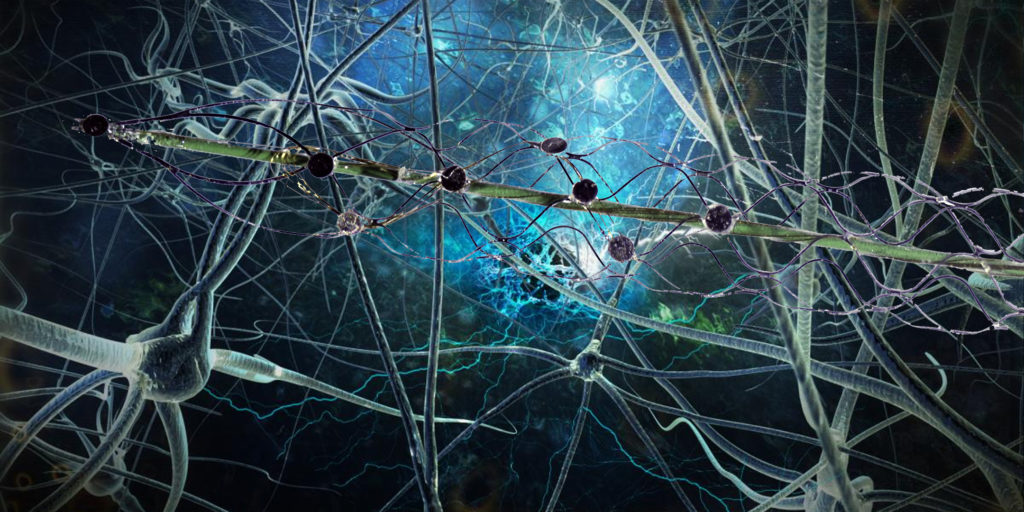Neural Interfaces: a New World of Brain Augmentation

Dr Thomas Oxley
Founding CEO, Synchron
Director of Innovation Strategy, Mount Sinai Hospital, New York City
Head of Vascular Bionics Laboratory, The University of Melbourne
Synchron is a minimally invasive neural interface company, established with the vision to restore brain function to patients with impairment; to take the brain’s capacity for rewiring, digitally apply it to the Internet of Things, and facilitate re-establishment of physical interaction with the environment.
Synchron’s technology, the Stentrode, came into the spotlight following the publication of seminal research in the top-ranking journal Nature Biotechnology in 2016. This research demonstrated the potential for a neural recording device to be engineered onto a stent and implanted into a blood vessel in the brain, withouth the need for open brain surgery.
Initially funded by the ground-breaking DARPA program RE-NET, this research has progressively attracted $10M in investment to complete a Series A fundraise in 2017. The Stentrode technology, currently under FDA review, is planned for a first in human trial in 2018. Patients with tetraplegia due to spinal cord injury, stroke and ALS will be recruited into a trial of direct brain control over a suite of assistive technologies at the Royal Melbourne Hospital.
Join Dr Thomas Oxley, an interventional neurologist and the founding CEO of Synchron, to learn more about the Stentrode journey and plans for the technology’s further development and application.
About the Speaker:
Dr Thomas Oxley is an attending physician in the Neurosurgery department and Director of Innovation Strategy at the Mount Sinai Hospital, New York City. He is also the Head of the Vascular Bionics Laboratory at the University of Melbourne. Dr Oxley completed both internal medicine and neurology training in 2013 at the Royal Melbourne and Alfred Hospitals, Melbourne, Australia. He has a PhD in Neural Engineering, awarded in 2016, and has already published 25 internationally peer-reviewed publications, amassing 2160 citations.
During his PhD, he raised a total of $4.4 million dollars in funding from US and Australian governments, for the development of a novel stent electrode (stentrode) array. In February 2016, the breakout scientific report of the technology was published in Nature Biotechnology (IF 41). His research laboratory now includes two post-docs, two research engineers, 3 PhD students and 4 honours students. The lab collaborates across 16 departments at the University of Melbourne including medicine, neurology, neurosurgery, engineering, physics and pathology. The research group is working towards a first-in-human clinical trial at the Royal Melbourne Hospital of a pioneering minimally invasive brain-machine interface technology for the thought-control of electronic devices including exoskeletons for patients with paralysis due to spinal cord injury.








